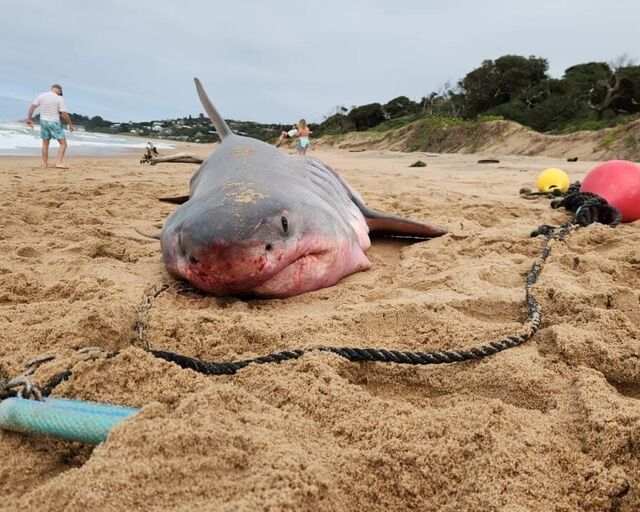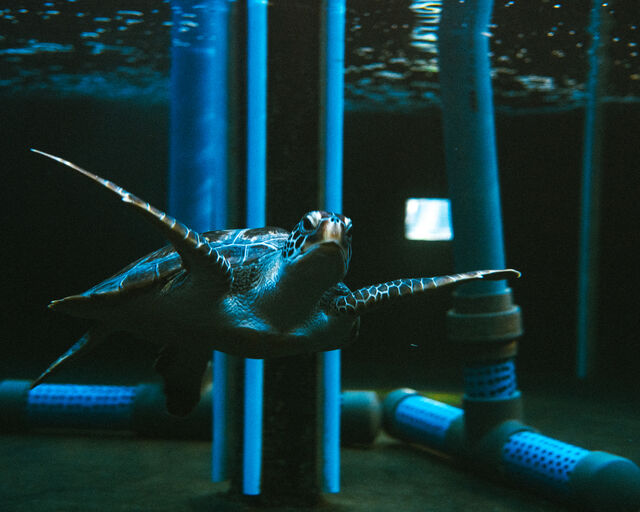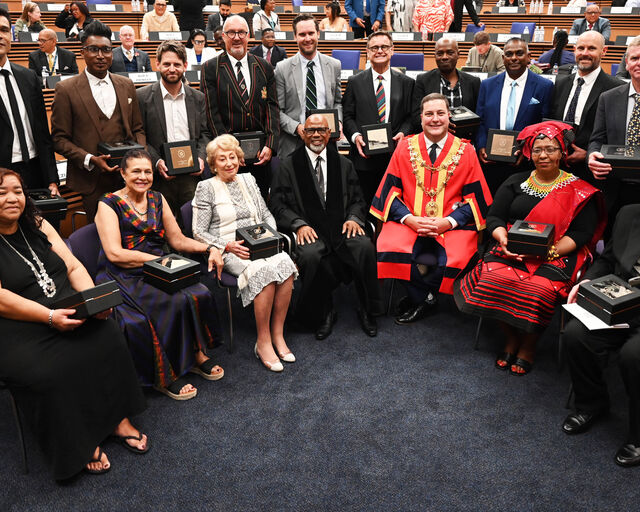Nobomvu, the loggerhead turtle’s final tracking update
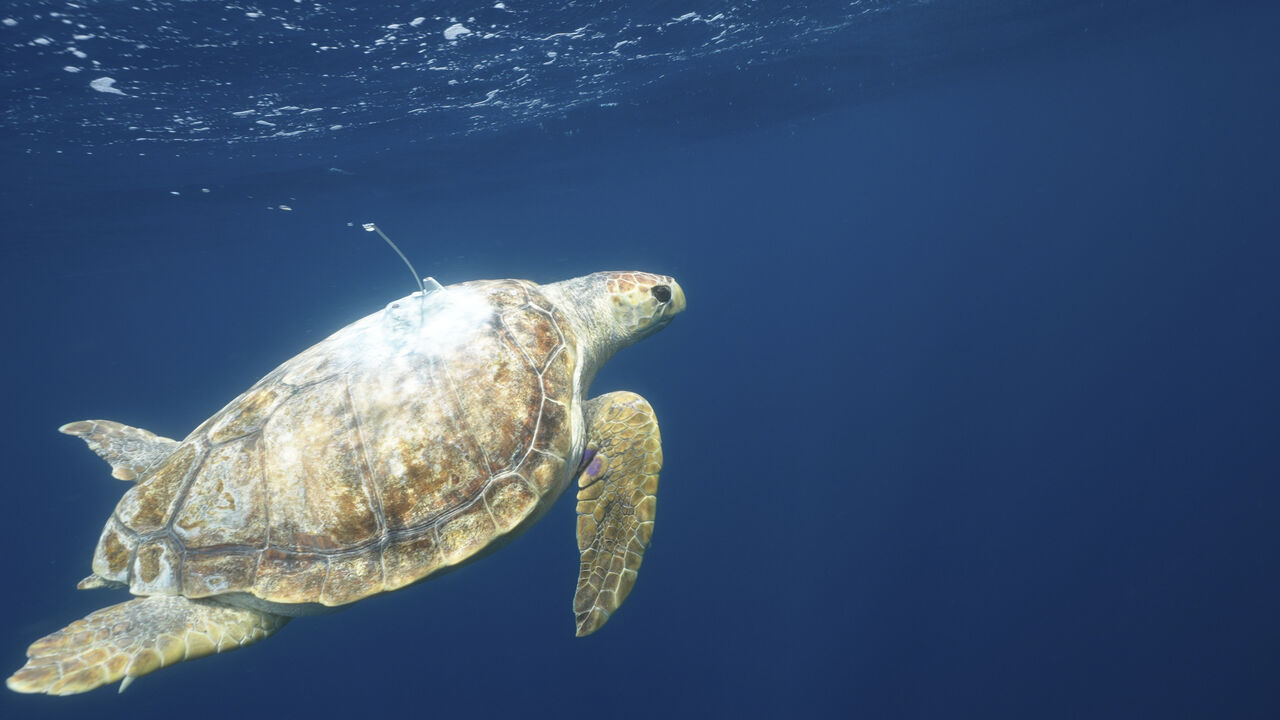
Nobomvu, the beloved loggerhead turtle often referred to as our “Red Lady”, has sent in her final satellite tracking update. After 659 days covering an incredible 25 500km, Nobomvu’s satellite tag has stopped transmitting. This marks the end of the Turtle Conservation Centre’s four-year journey with her. Over her tracking period, she travelled close to 40km every single day!
Nobomvu’s wild ocean movements
Over the past few months, Nobomvu’s satellite tag began transmitting less frequently – a sign that the battery was reaching the end of its life. Most satellite tags last three years at a maximum, so the Turtle Conservation Centre is thrilled to have been able to track Nobomvu’s movements for almost two years!
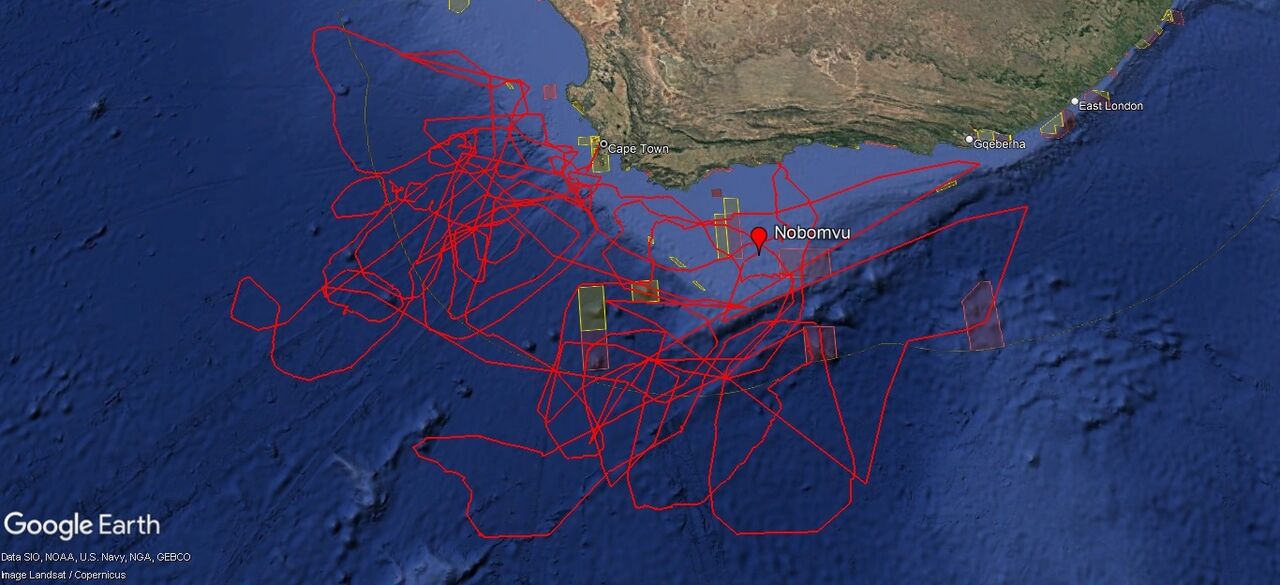
Looking back at Nobomvu’s journey since her release in December 2023, almost all her travels took place within the Western Cape and inside South Africa’s Exclusive Economic Zone (EEZ). The EEZ extends about 370km offshore, so it seems that our Red Lady enjoyed exploring the provincial coastline.
Throughout her travels, Nobomvu made frequent use of Marine Protected Areas (MPAs), often swimming through their sheltered boundaries. When her movements are overlaid with ocean currents, it is clear that she regularly relied on surface currents to carry her along. This means she was conserving energy and being a smart swimmer!
While these paths may have seemed meandering, we believe that Nobomvu was regularly engaging in foraging behaviour. Continental shelves and seamounts are highly productive systems, meaning they are rich in phytoplankton and attract plentiful marine life, from whales to crabs.
When you consider this fact, Nobomvu’s swirling movements around the continental shelf, seamounts, and our local MPAs make a lot more sense. By alternating between going with the flow of currents and actively navigating to reach productive areas, Nobomvu has been on a food-motivated journey through the ocean!
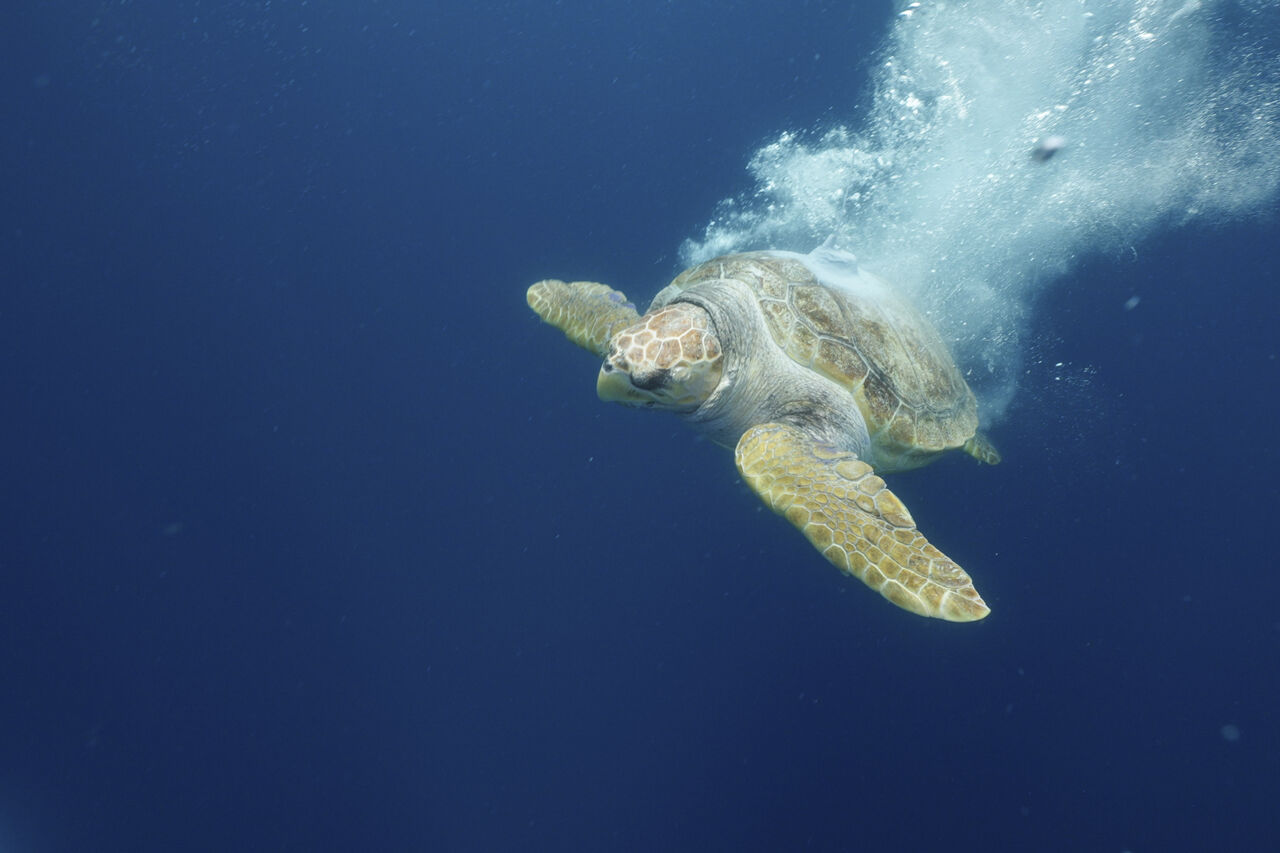
Towards the end of her tag’s transmissions (and true to her continental shelf-loving form), Nobomvu made a beeline southwest from Gqeberha along the continental shelf. Near the southernmost point of the shelf, she turned north, where her final transmission came from offshore of Still Bay, nestled between the Agulhas Bank and Southwest Indian Seamounts MPAs.
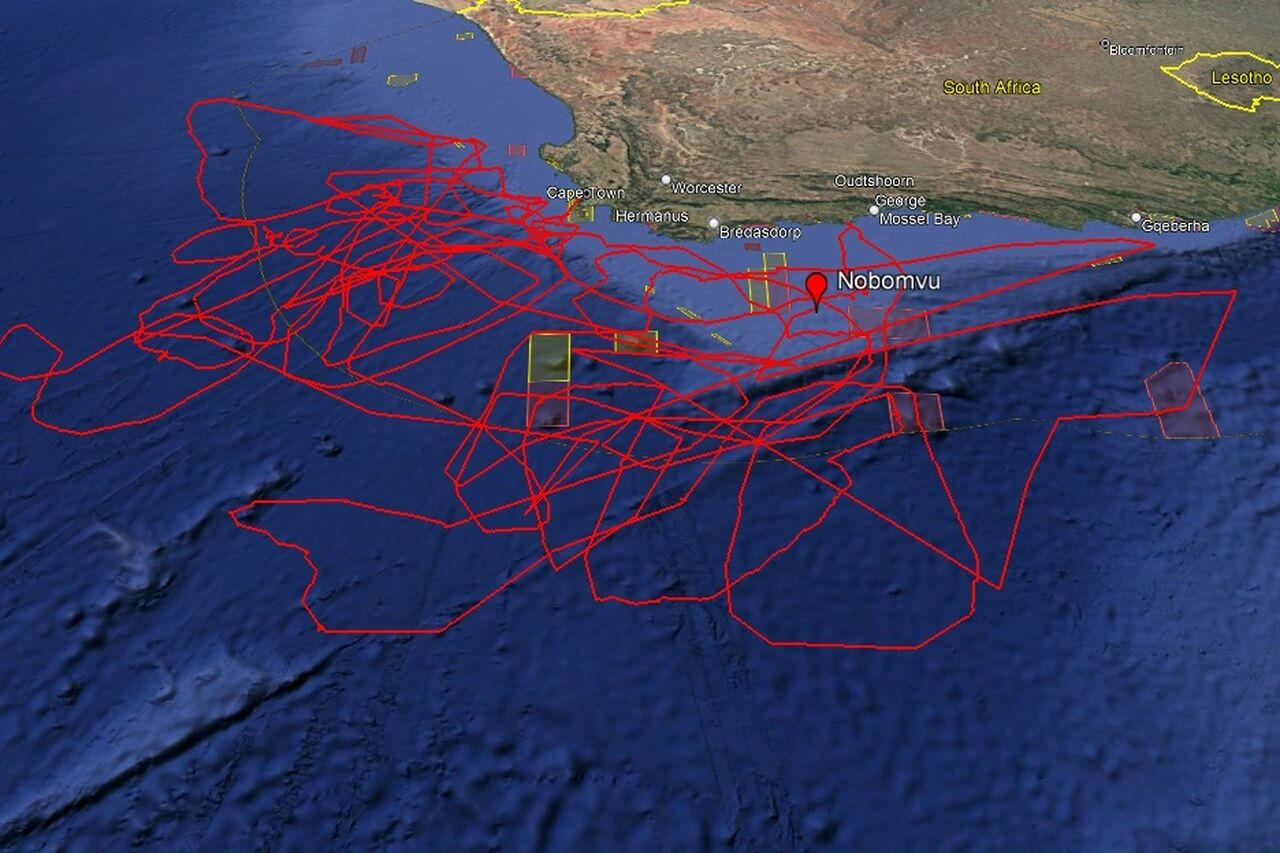
Looking back at Nobomvu’s rehabilitation journey
In 2021, Nobomvu washed ashore in Gansbaai, utterly constricted in an enormous, 50kg ghost fishing net. Nobomvu weighed 54.9kg at the time, so it took 13 volunteers to lift the combined bulk of the turtle and her net!
Nobomvu was incredibly fortunate to have been stranded when she did. Many turtles entangled in ghost fishing gear are unable to lift their heads to breathe, resulting in their drowning.


Later, Nobomvu arrived at the safety of the Turtle Conservation Centre, where a long period of rehabilitation awaited her. A month after her rescue, Nobomvu stopped using her front right flipper. Dr Bernice, our turtle vet, took X-rays and joint samples that revealed osteomyelitis (a bone infection caused by bacteria) in her right flipper. The stress of being stranded and the injuries from her entanglement compromised Nobomvu's immune system, and this was all the osteomyelitis needed to creep in…
With this discovery came months of intense rehabilitation to help Nobomvu recover. Over and above the chronic medication she needed, Nobomvu underwent two successful surgeries on her elbow and multiple other veterinary tests, like blood cultures, joint taps, CT scans, and more. This was accompanied by expert husbandry from the turtle team, who devoted their time to getting Nobomvu proper nutrition, quality care, and enrichment.
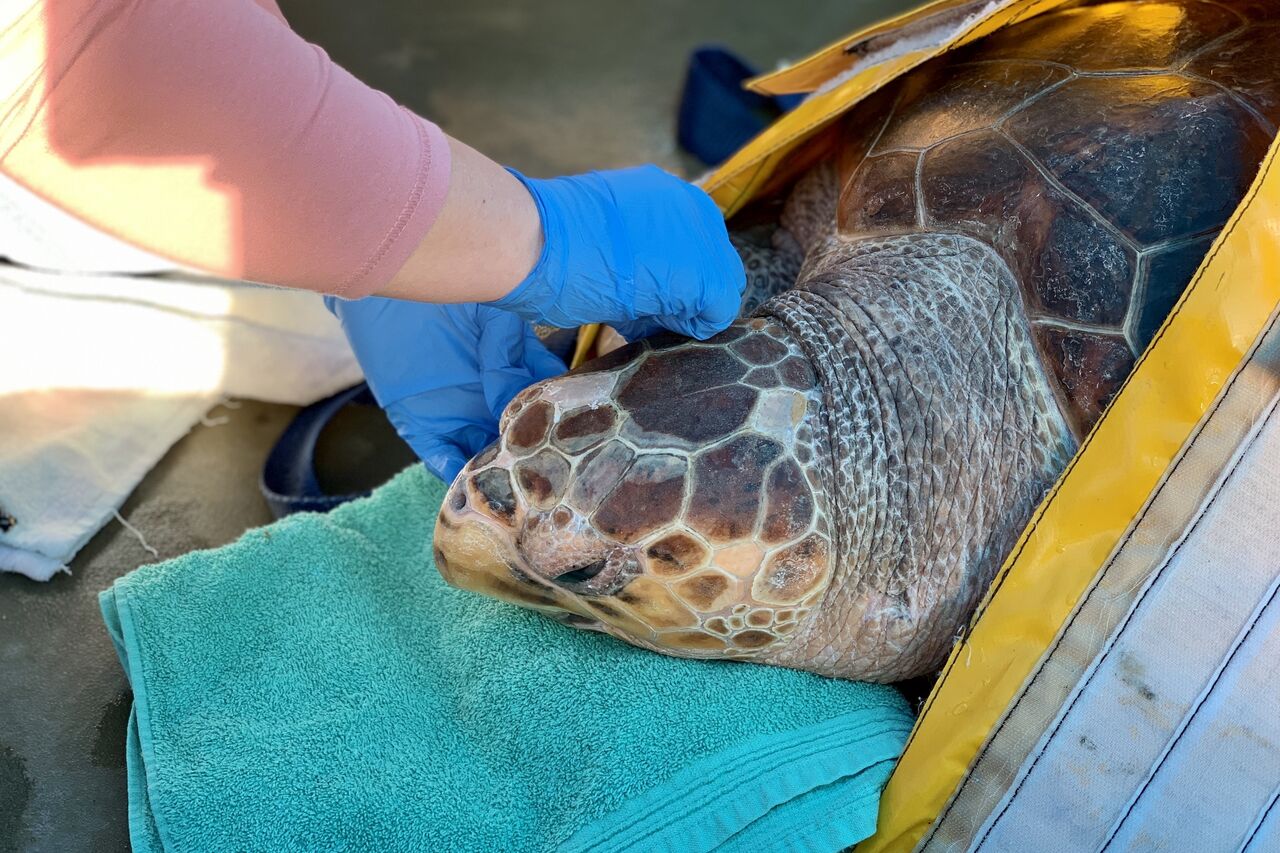
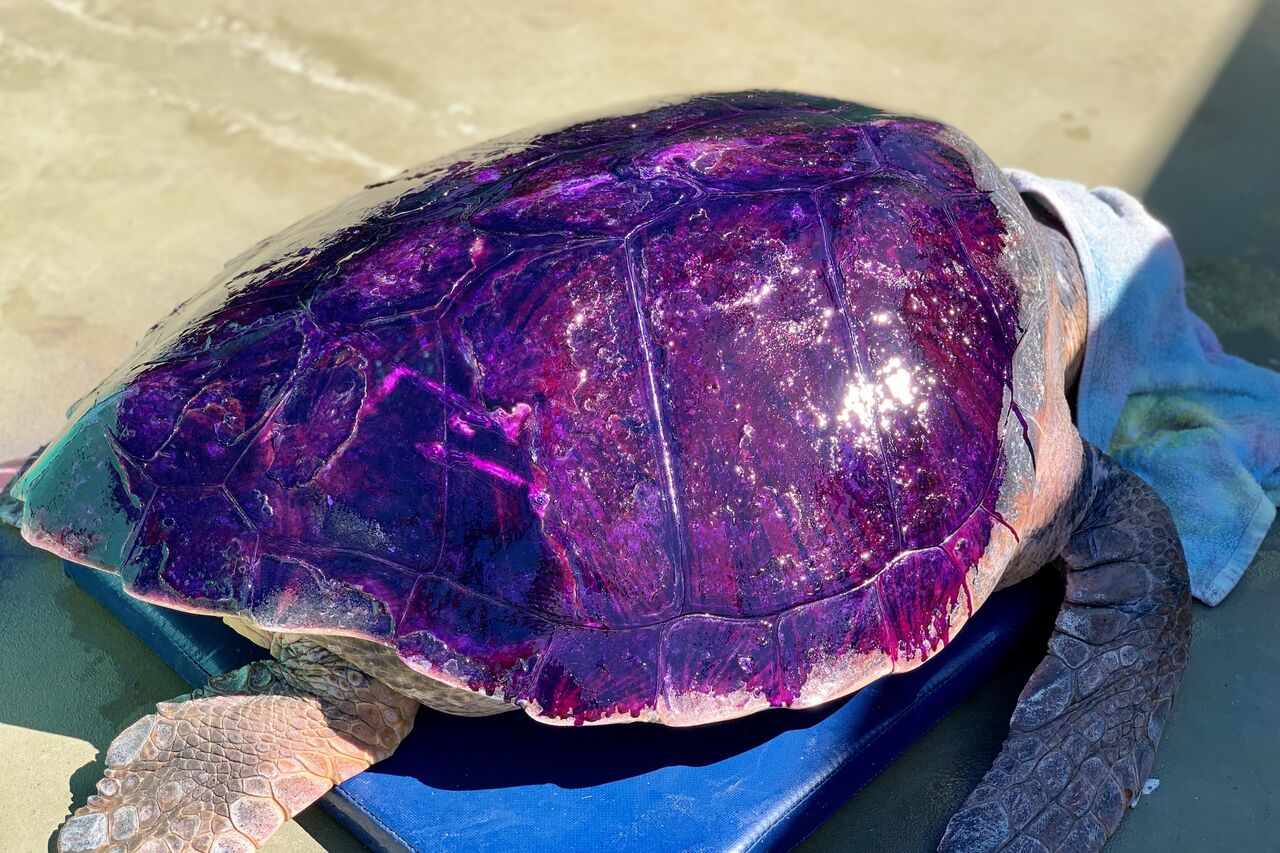
Finally, in May 2023, Nobomvu’s sixth CT scan showed that her elbows were recovering and healing. This meant that she could be introduced to the I&J Ocean Exhibit as a “soft release”, simulating the natural environment and allowing her to gain strength.
Nobomvu progressed with inspiring perseverance, and the day of her release finally arrived. On 22 December 2023, Nobomvu was released back into her ocean home, and our two-year tracking journey began.
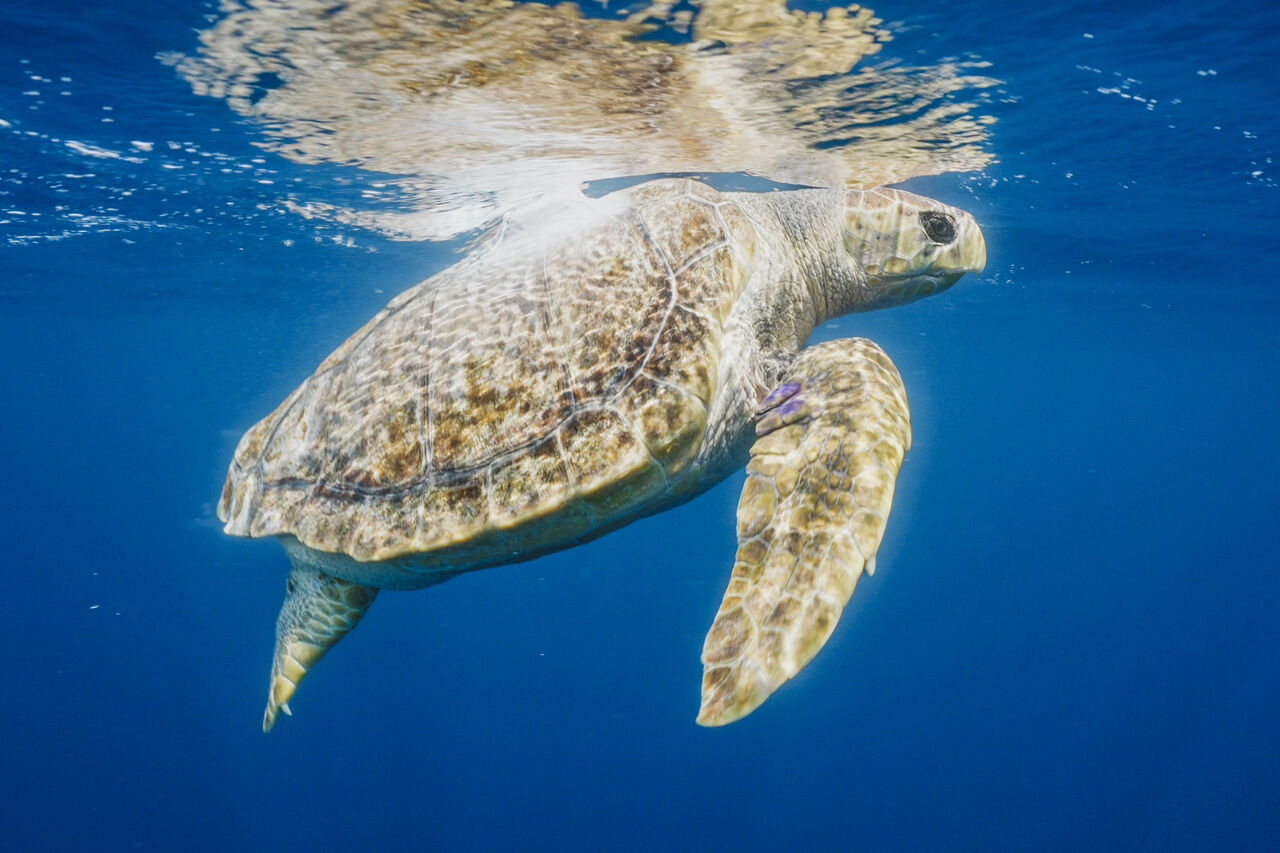
What’s next for Nobomvu?
Although Nobomvu’s satellite tag is no longer transmitting, she has not necessarily gone completely off grid... She is flipper tagged!
Flipper tags may be basic, but they are long-lasting and often the most helpful types of tags. Nobomvu’s flipper tag is stamped with a unique numeric code that identifies her and shows the dates she was tagged and released. As an adult female loggerhead turtle, it is highly likely that Nobomvu will one day head to the beach where she hatched to lay her own precious eggs. If someone spots her nesting, wherever that may be in the world, they could check the details on her tag and alert the Turtle Conservation Centre.
Contributing to the survival of the species is one of the core drivers for the Turtle Conservation Centre – how wonderful to know that, after a gruelling rehabilitation, Nobomvu now has the chance to help give loggerhead turtles a brighter future. This is what real conservation impact and turtle resilience look like!
Nobomvu’s ghost net hangs at the entrance to the Turtle Conservation Centre, and the team shares her story every time someone new visits. It is only because of human actions that Nobomvu needed help – now that she has returned to her ocean home, let’s make choices that keep her and others like her safe.
This could be as simple and easy as knowing where your seafood comes from – industrial fishing is harmful to the ocean ecosystem in myriad ways and is often the source of ghost fishing gear. You can make a difference for our ocean health by choosing sustainable seafood options from WWF’s SASSI List. If you’re unsure whether something is sustainably sourced, rather avoid it.
Nobomvu is still one of the Turtle Conservation Centre’s most impactful ambassadors. Not only does she teach us that perseverance through tough times pays off, but her story is also a poignant reminder of how human actions impact the ocean.
Related News
Sign up to our Newsletter
Receive monthly news, online courses and conservation programmes.


